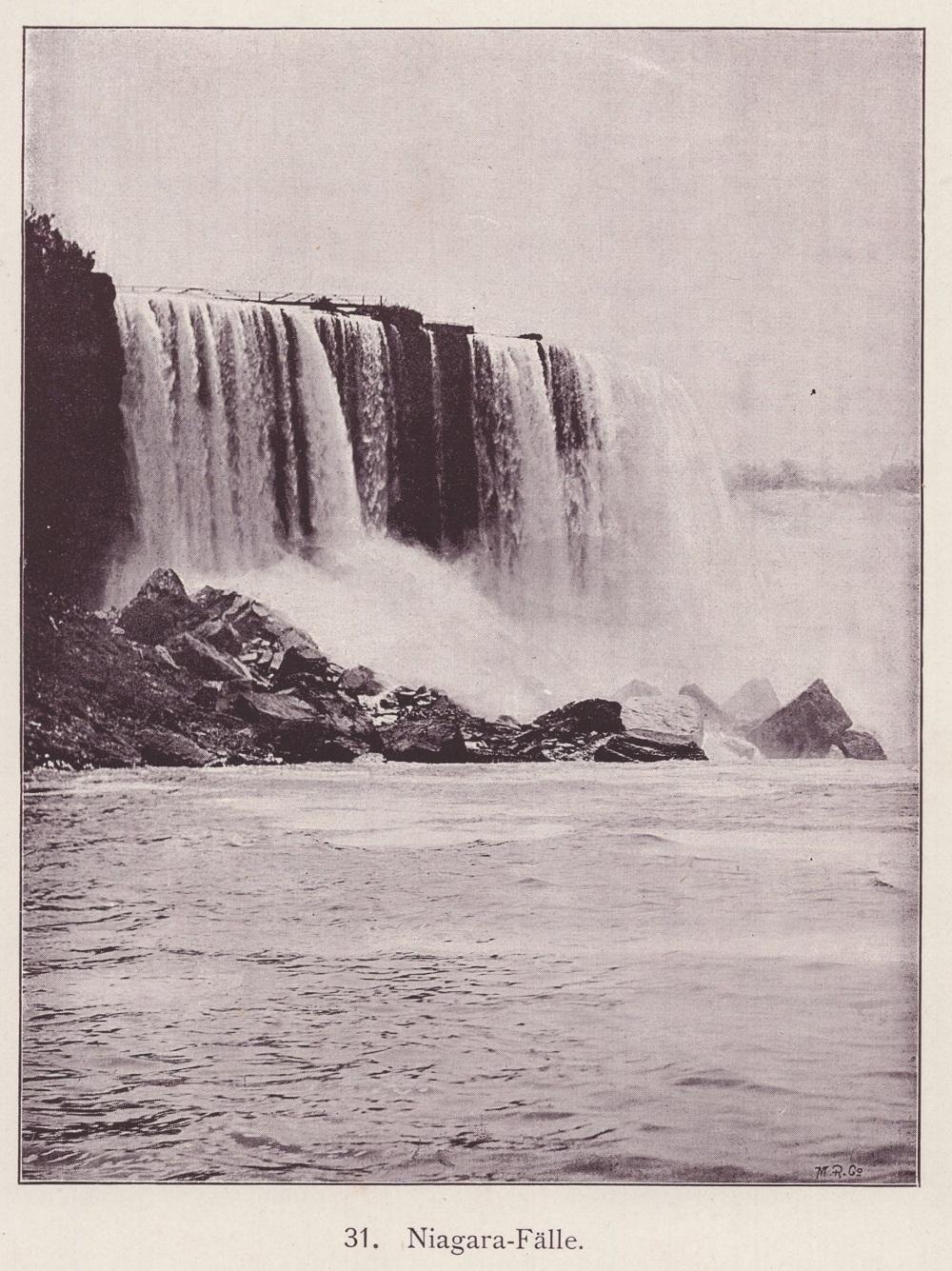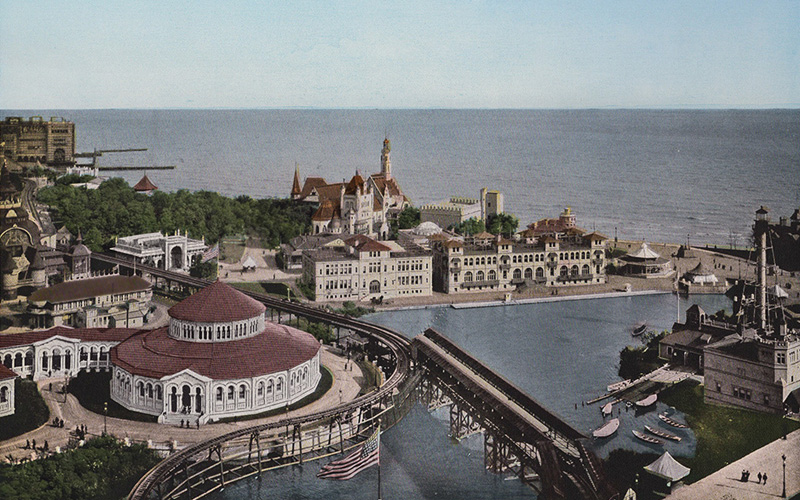Mr. Gerald James of London, puzzled by the discouraging impressions of the Fair reaching him through the New York press, came to Chicago to see for himself what the Exposition had to offer an open mind. “The Fair is supreme,” he wrote.
“It is a scintillating diadem crowning the civilized world with the honor and glory of peace. It tells a story that centuries of books and newspapers could not tell, and is worth more to a man or woman than the college training of a lifetime. It is so far ahead of what is expected that no story, however glowing, can convey even an impression. It surprised me, and it will surprise and overwhelm any mortal whose footsteps lead him to the Magic City by the lake.” [“His Admiration Almost Boundless” Chicago Tribune Jul 6, 1893, p. 9.] Reading this praise inspired Mrs. M. M. Stearns of Mound City, Kansas, to pen a letter of her own to her hometown newspaper. Reprinted below is “The Fair” from the July 14, 1893, issue of the Linn County Clarion.
The Fair
“The Fair is a scintillating diadem crowning the civilized world, the honor and glory of peace.” I read that sentence in the Chicago Tribune, today, and thought my experience of the vastness of the great show was similar to an experience of years ago, when standing under Niagara Falls. It was where Table Rock jutted over and left standing room behind the edge of the Great Falls, and trying to look up at that thundering, awful flood above me period to that sweeping tide, my puny personality was scarce a grain of sand, and I was glad to get away to safety and silence.
So at the fair, the tide of the world pours there increasingly, and only one pair of eyes, and one brain and vitality to oppose the flood that rushes upon you.

Niagara Falls was a popular tourist attraction for visitors traveling to and from the 1893 World’s Fair in Chicago. [Image from Wilde, Otto; Ganzlin, Albert Chicago Weltausstellung 1893. Bendix & Krakau, 1893.]
Wander through the display of fruits, splendid, but row after row of canned and preserved fruits have lots of sameness, even if the label New York, or Idaho, or California, divides them into sections. California built an orange pyramid and offered a prize to the lucky guesser of the number used. The nearest guess was 13,872, while the actual number was one more. I hoped the guesses were suitably awarded, but I didn’t learn what the reward was.*
[* The winner, Clara E. Harwood of Norwich, Connecticut, won a prize box of oranges. Read about it in “California’s Tower of Oranges.”]
The fragrant “Tower of Oranges” (sometimes called the “pyramid of oranges”—though there was a separate citrus fruit pyramid also on display nearby) was a popular feature of the California exhibit in the Horticultural Building. [Image from The Dream City. A Portfolio of Photographic Views of the World’s Columbian Exposition. N. D. Thompson, 1893.]
Dyche’s Panorama “Exhibit of Large North American Mammals” inside the Kansas Building at the 1893 World’s Fair. [Image from World’s Columbian Exposition Illustrated September 1893.]
The Haiti (Hayti) Building, designed by architect E. S. Child and housing the office of Frederick Douglass, Commissioner of the Haitian Republic. [Image from Picturesque World’s Fair W.B. Conkey, 1894.]
While we sat in the reception room, two women came in, one was of the “sniffing” order. “Painted green,” she said, glancing around, “for the Green Mountain state I suppose (sniff) “must be a green set anyway,” and with a parting sniff she went down the steps.
The Vermont State Building, designed by architect Jarvis Hunt, was wildly unpopular among Vermonters. [Image from Arnold, C. D.; Higinbotham, H. D. World’s Columbian Exposition: State Buildings Portfolio of Views. National Chemigraph Company, 1893.]
Oh, the great, hurrying, well-dressed, self-possessed and self-respecting crowd. Which is the greater, the fair, or the representation of our great country?

